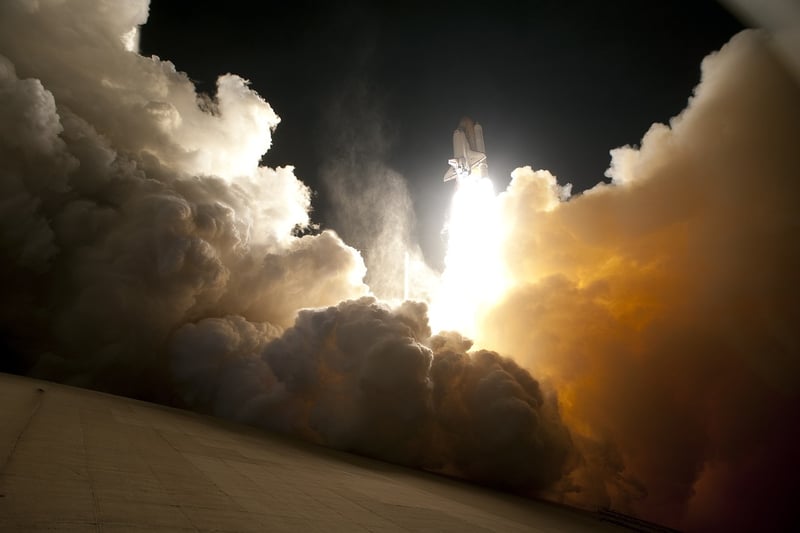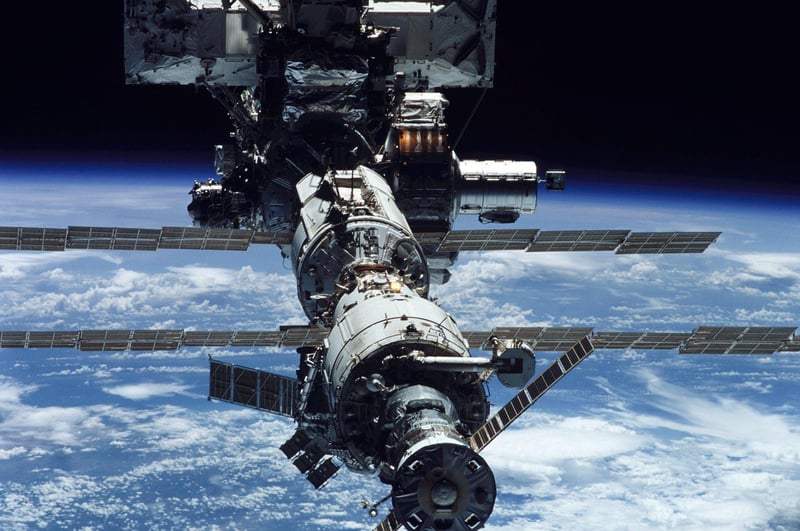Space Habitats
Innovative Tools for Space Exploration

Space exploration has always been at the forefront of human curiosity, driving innovation and technological advancements. As we venture further into the cosmos, the need for cutting-edge tools and technologies becomes increasingly crucial. Here are some of the most innovative tools shaping the future of space exploration:
1. Robotic Explorers
Robotic explorers play a vital role in space missions, allowing us to gather data from distant planets and moons without risking human lives. Rovers like NASA's Curiosity have revolutionized our understanding of Mars, paving the way for future manned missions.
2. 3D Printing in Space
3D printing technology has found its way into space exploration, enabling astronauts to manufacture tools and parts on-demand. This capability reduces the need for extensive spare parts storage and opens up possibilities for in-situ resource utilization.
3. Virtual Reality for Training
Virtual reality (VR) has become an essential tool for training astronauts before they embark on space missions. VR simulations allow crew members to familiarize themselves with spacecraft environments and practice complex procedures in a safe and controlled setting.
Space Habitats: Building a Home in the Cosmos

As we look towards establishing a human presence beyond Earth, the concept of space habitats becomes increasingly important. These habitats will serve as living quarters for astronauts during long-duration missions, providing a safe and habitable environment in the harsh conditions of space.
1. Inflatable Modules
One innovative approach to space habitats is the use of inflatable modules that can be compactly transported and then expanded in space. These modules offer a lightweight and cost-effective solution for creating living and working spaces in orbit.
2. Self-Sustaining Ecosystems
Future space habitats may rely on self-sustaining ecosystems to provide astronauts with food, oxygen, and water. These closed-loop systems mimic Earth's natural processes and reduce reliance on resupply missions from Earth.
3. Radiation Shielding
Protecting astronauts from the harmful effects of cosmic radiation is a key consideration in designing space habitats. Innovative shielding materials and designs are being developed to minimize exposure and ensure the long-term health of occupants.
Exploring space and establishing sustainable habitats beyond Earth represent the next frontier of human achievement. With continued advancements in technology and a collaborative global effort, the dream of living and working in space may soon become a reality.
